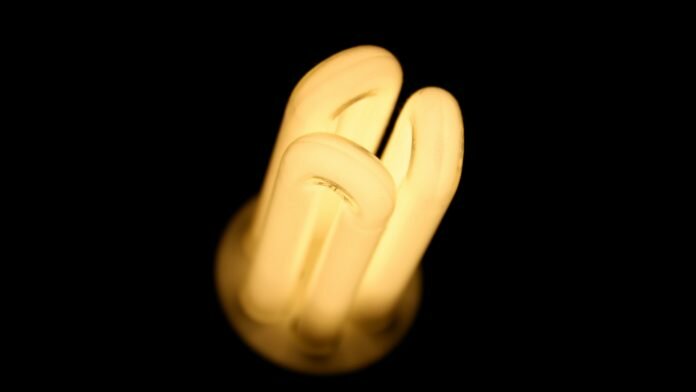
The IoT-Ready Alliance has introduced its first technical specification for lighting systems, to allow them to connect to the internet of things.
The IoT-Ready Alliance was launched in May of last year, and comprises a group of lighting, building management and Internet of Things companies and organisations working to create common standards for lighting fixtures. The launch of the alliance’s first technical specification for lighting systems coincides with the first anniversary of its founding.
The specification defines a socket that will allow a socket to connect to any type of IoT sensor or control module, and seamlessly connect to a luminaire or other building system. The standard is network protocol independent, and can be used wired or wireless with all LED lighting and building control networks.
What does the specification involve?
Members of the IoT-Ready Alliance have already created products based on the standard, and the organisation hopes that its specifications will facilitate a far easier implementation of IoT technologies into building management than is currently possible.
According to the alliance, using the standard carries a number of benefits for product developers. For example, the document:
- Specifies mechanical, electrical and software interface elements;
- Was developed under a royalty-free license;
- Allows for retrofit, replacement and upgrades without disassembly; and
- Can be implemented with traditional lighting controls before the building is IoT ready.
Welcoming the announcement, Evan Petridis, chair of the IoT-Ready Alliance’s technical committee, celebrated the successful collaboration that the standard represents, and the fact that the finalised version reflects the achievement of many of the organisation’s goals.
He said: “We’re very pleased that our collaborative environment and focus on results has enabled us to converge on a robust specification so quickly. The specification achieves our design goals of broad industry support, extensibility, low-cost, and simplicity of implementation.… We look forward to working together with other technical standards bodies in the lighting, building management, and IoT spaces to ensure a single set of coherent standards worldwide.”


















